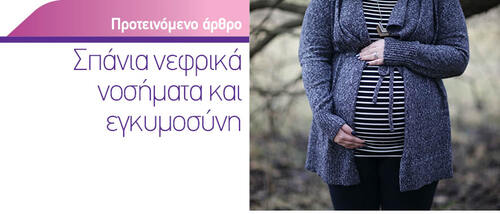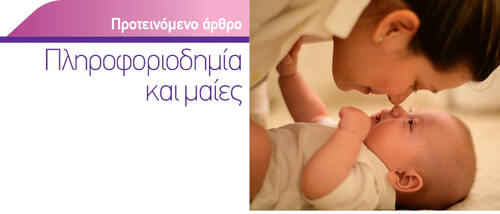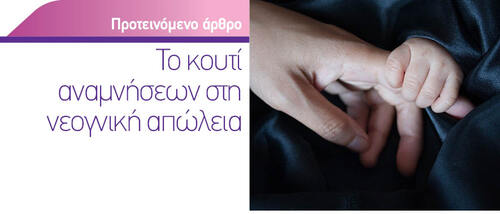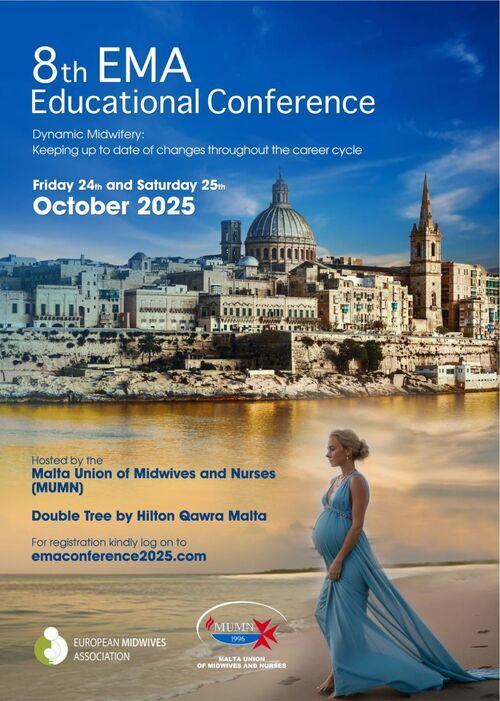Current Issue
Issues
Aim & Scope
Open Access
Indexing
Why publish with us
Contact
Editorial Board
Manuscript Types
Manuscript Formatting
How to submit
For readers
For librarians
Authorship & COI
Principles of Transparency Checklist
Publication Ethics and Publication Malpractice Statement
CrossMark
Data Policies
Tables, Figures and Supplementary material
Tables
Tables and figures should be placed at the end of the manuscript and be numbered sequentially in order of appearance in the text. However authors should ensure that every table or figure is referred to in the body of the text. Each table or figure should be accompanied by a short, descriptive title and in the footnote should define any acronyms, abbreviations or symbols used, statistical methods applied and any other information needed so that the table or figure may stand alone. Superscripts used to refer to table footnotes should be lowercase alphabetical symbols. Captions should be given separately above the tables or figures. Numbers in the table should not contain commas, and numbers less than unity should have a zero in front of the decimal point. Decimal numbers should be represented with the use of a full stop.
The number of actual tables (no sub-tables) that an article can contain should not exceed five. However, they have to be of value as determined by peer review. Extra tables can be included in the Appendix. The content of the tables should be such that the data are of sufficient resolution for comfortable reading. Tables should be submitted in their original Word format (not via Excel), and they should be legible. Avoid using vertical rules. Horizontal rules should be used only above and below column headings and at the bottom of the table. Do not create a table using only tabs or spaces to create columns. Tables should not duplicate material contained in the main text.
Figures
The number of figures should not exceed four. Extra figures can be included in the Appendix. Figures can be submitted in greyscale, black or white or in color as the journal is published online. The journal prefers that figures be created in Excel. Do not embed a figure file as a picture into Excel or Word, but submit them as individual files. The data of figures should be attached in a Word format. Size the figure to the column or page width of the journal, and set the resolution at 300 dpi or greater. Figures containing a large amount of text, particularly flow diagrams, should be send in an editable form.
Supplementary material
Supplementary material should be submitted as a single file that includes all the supplementary material (figures, tables, questionnaires, etc.). If the authors wish to change the Supplementary file they would need to resend it corrected, as a final version before publication. The authors should be aware that supplementary files are not proofread or corrected by our team.
Tables and figures should be placed at the end of the manuscript and be numbered sequentially in order of appearance in the text. However authors should ensure that every table or figure is referred to in the body of the text. Each table or figure should be accompanied by a short, descriptive title and in the footnote should define any acronyms, abbreviations or symbols used, statistical methods applied and any other information needed so that the table or figure may stand alone. Superscripts used to refer to table footnotes should be lowercase alphabetical symbols. Captions should be given separately above the tables or figures. Numbers in the table should not contain commas, and numbers less than unity should have a zero in front of the decimal point. Decimal numbers should be represented with the use of a full stop.
The number of actual tables (no sub-tables) that an article can contain should not exceed five. However, they have to be of value as determined by peer review. Extra tables can be included in the Appendix. The content of the tables should be such that the data are of sufficient resolution for comfortable reading. Tables should be submitted in their original Word format (not via Excel), and they should be legible. Avoid using vertical rules. Horizontal rules should be used only above and below column headings and at the bottom of the table. Do not create a table using only tabs or spaces to create columns. Tables should not duplicate material contained in the main text.
Figures
The number of figures should not exceed four. Extra figures can be included in the Appendix. Figures can be submitted in greyscale, black or white or in color as the journal is published online. The journal prefers that figures be created in Excel. Do not embed a figure file as a picture into Excel or Word, but submit them as individual files. The data of figures should be attached in a Word format. Size the figure to the column or page width of the journal, and set the resolution at 300 dpi or greater. Figures containing a large amount of text, particularly flow diagrams, should be send in an editable form.
Supplementary material
Supplementary material should be submitted as a single file that includes all the supplementary material (figures, tables, questionnaires, etc.). If the authors wish to change the Supplementary file they would need to resend it corrected, as a final version before publication. The authors should be aware that supplementary files are not proofread or corrected by our team.
We process personal data collected when visiting the website. The function of obtaining information about users and their behavior is carried out by voluntarily entered information in forms and saving cookies in end devices. Data, including cookies, are used to provide services, improve the user experience and to analyze the traffic in accordance with the Privacy policy. Data are also collected and processed by Google Analytics tool (more).
You can change cookies settings in your browser. Restricted use of cookies in the browser configuration may affect some functionalities of the website.
You can change cookies settings in your browser. Restricted use of cookies in the browser configuration may affect some functionalities of the website.






